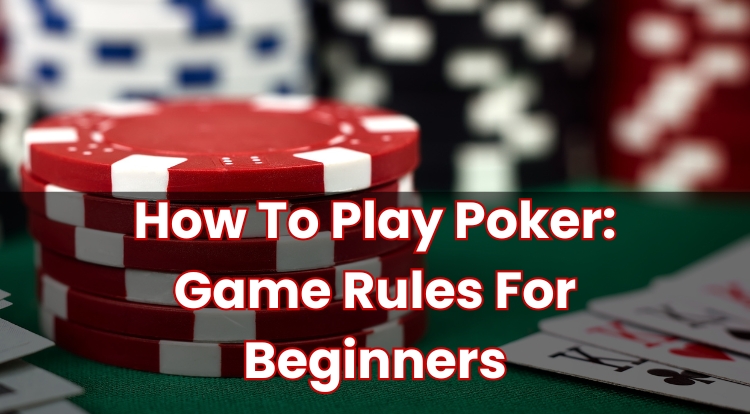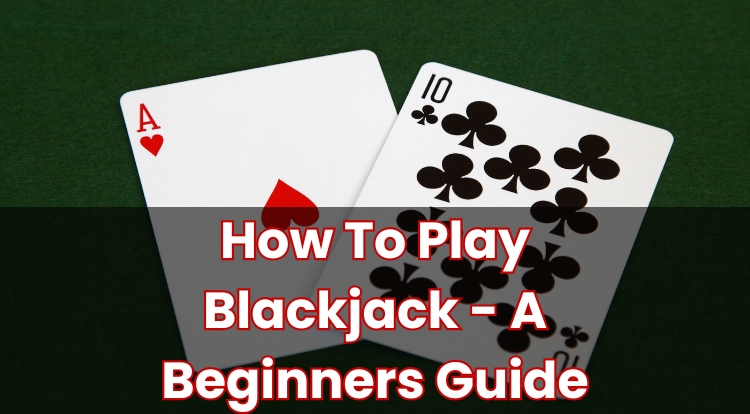Is Ace High or Low in Poker? Card Rankings Explained
Understanding where the Ace fits in poker might influence how you view the game. At first glance, it might appear that the Ace always holds the top position, but that isn’t always the case. Depending on the game being played, it can take on another role entirely.
Because rules vary slightly between poker formats, the Ace can represent more than one position. Knowing how its place changes helps you follow the action, interpret what’s happening at the table, and make considered choices if you decide to play.
This blog post outlines the basics of poker card rankings, explores how the Ace changes position in different variations, and explains how it’s treated when several players hold one.
Read on to learn more.
Understanding How Poker Card Rankings Work
Poker is played with a standard deck of 52 cards, and each card has a ranking that determines its strength compared with others. Normally, the order runs from 2 at the bottom through to Ace at the top. However, this pattern isn’t completely fixed—there are situations where the Ace takes on a different function.
The suits, hearts, diamonds, clubs, and spades, carry the same standing in most poker versions, so what matters is the face value and the hand created with it. If you choose to play, the aim is to form the best five-card hand from those available, with the top combination winning according to the rules of that format.
If you’re learning something new, such as Texas Hold’em, Omaha, or a version that reverses the normal ranking order, it’s worth reviewing the rules in advance. As mentioned in the introduction, the Ace can play different roles in some versions—let’s take a closer look at how that works.
Is an Ace Always the Highest Card in Poker?
In most poker formats, the Ace does indeed sit above the king. It often forms part of strong combinations that can be difficult to match. However, there are moments when it takes on a lower position, particularly in sequences or in games that prioritise lower hands.
In a straight, the Ace is versatile. It can appear at the top—10, Jack, Queen, King, Ace—or at the bottom—Ace, 2, 3, 4, 5. What it cannot do is link both ends, so a pattern such as King, Ace, 2, 3, 4 does not qualify as a straight.
In games focused on low hands, the Ace can sometimes be permanently positioned below the 2. The exact rule depends on the version being played, but the principle remains that the Ace adapts according to the structure of the game.
When Is an Ace Considered Low?
You may already have seen an example where the Ace drops below the 2, forming the familiar low straight often called the “wheel”: Ace, 2, 3, 4, 5. In this setting, the Ace functions as the smallest card in the sequence.
Some poker variations, often called lowball games, apply that lower ranking throughout, not just in straights. The specific method can differ between formats, but the underlying approach stays the same: if the structure places Aces at the bottom, an Ace will not outrank a 2 during comparisons.
This change may influence how you view starting cards or possible draws. Checking the rules before taking part avoids confusion and helps keep play enjoyable. Always play within your own limits and view poker as a form of recreation.
What Happens If Two Players Both Have an Ace?
It’s quite common for more than one player to hold an Ace during a hand. In these situations, the next step is to compare the supporting cards—these are known as “kickers.”
If both players rely only on their Aces without forming pairs or higher groupings, the player whose next card ranks higher wins. For example, Ace with a king beats Ace with a queen. If those additional cards are identical, the following card is compared, and so on, until a difference is found. If every relevant card matches, the pot is shared equally.
The same principle applies when the shared community cards produce a pair of Aces for several players. The unused cards, known as kickers, decide the outcome if a distinction is required. Understanding this can help clarify how results are settled and makes it easier to follow the action if you decide to join a game.
If you choose to play poker, or any other casino game, always keep responsible gambling practices in mind and never wager more than you are willing to lose. Gambling should be viewed purely as a form of entertainment, not a means of earning money. It’s important to set clear personal limits on both time and spend before you begin, and to take regular breaks during play.
If you ever feel that gambling is affecting your well-being or becoming difficult to manage, support is available. Organisations such as BeGambleAware and GamCare offer free, confidential advice and guidance. Playing responsibly helps ensure the experience remains enjoyable and within your own boundaries.
Play Casino Games Online at 666 Casino
If you’re interested in exploring online casino games, you can see what we offer at 666Casino. We’re licensed by the UK Gambling Commission (UKGC) and provide a secure platform for those who choose to play.
You’ll find a variety of slots and table games here, including roulette, blackjack and baccarat. Our table games are available in both Random Number Generator (RNG) and live dealer formats, so you can decide between automated play or live interaction with real dealers.
We’ve designed our site to be clear and straightforward, with easy access to information about deposits, withdrawals and account settings. You’ll also find tools to help you manage your play, such as deposit limits and time reminders, which you can update in your account at any time.
If you’d like to give 666Casino a try, feel free to create an account, add funds, and explore our games at your own pace.
**The information provided in this blog is intended for educational purposes and should not be construed as betting advice or a guarantee of success. Always gamble responsibly.





